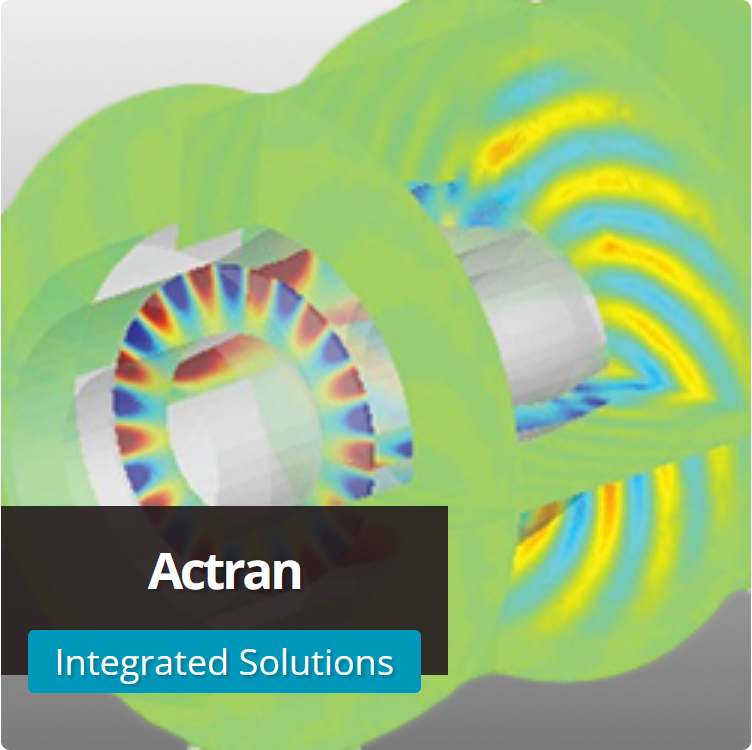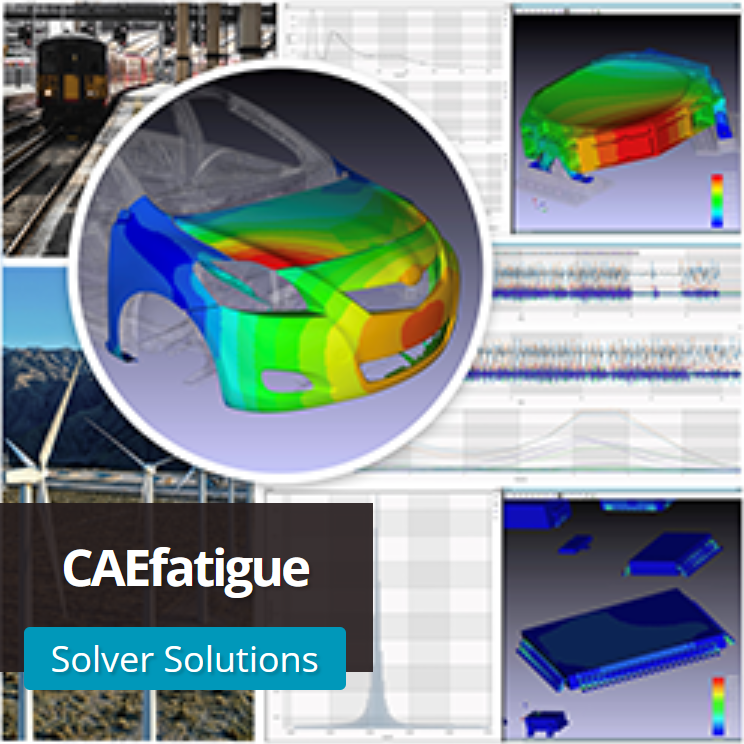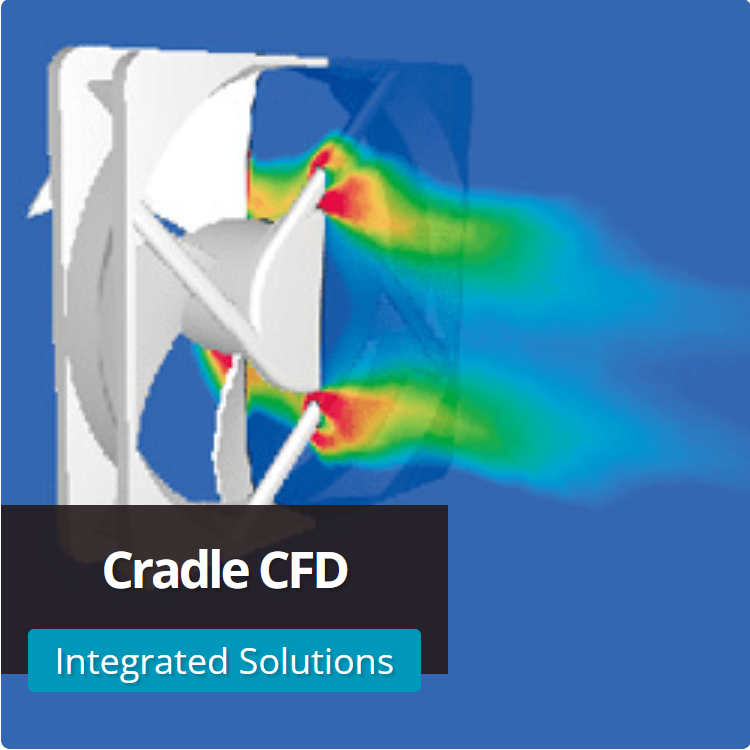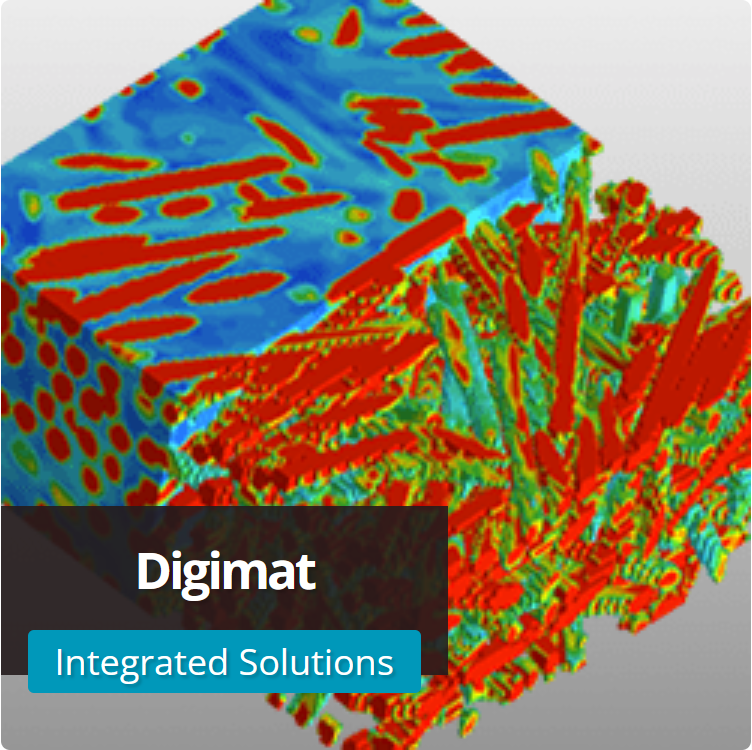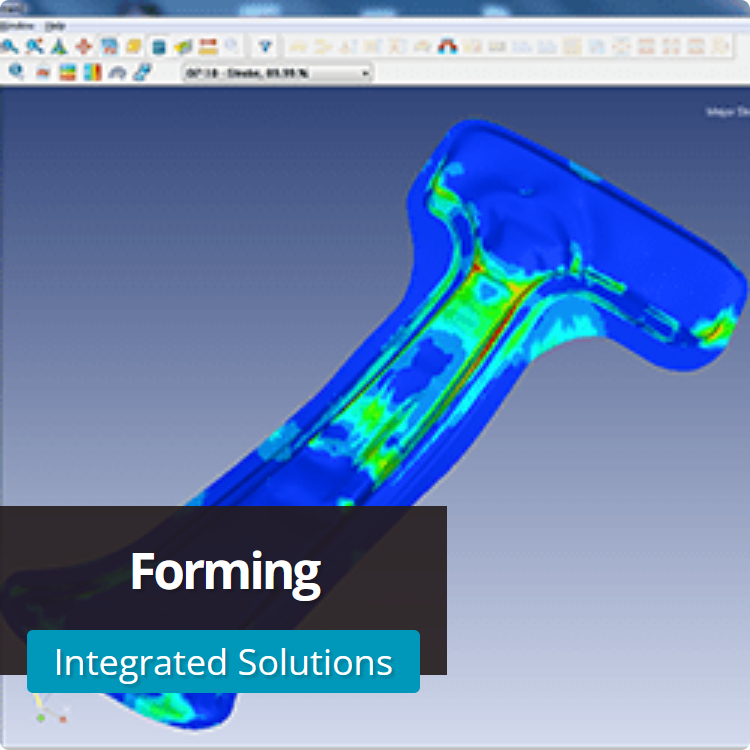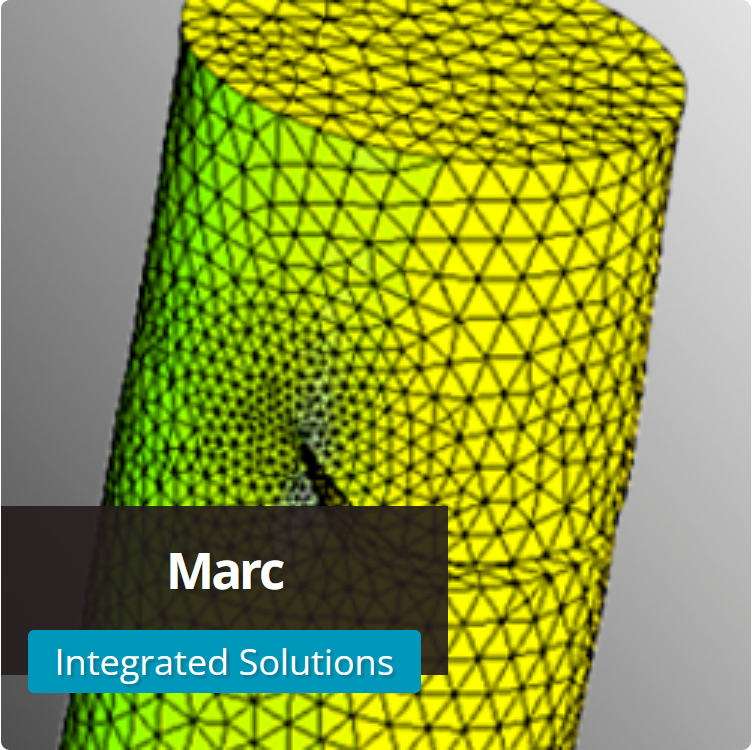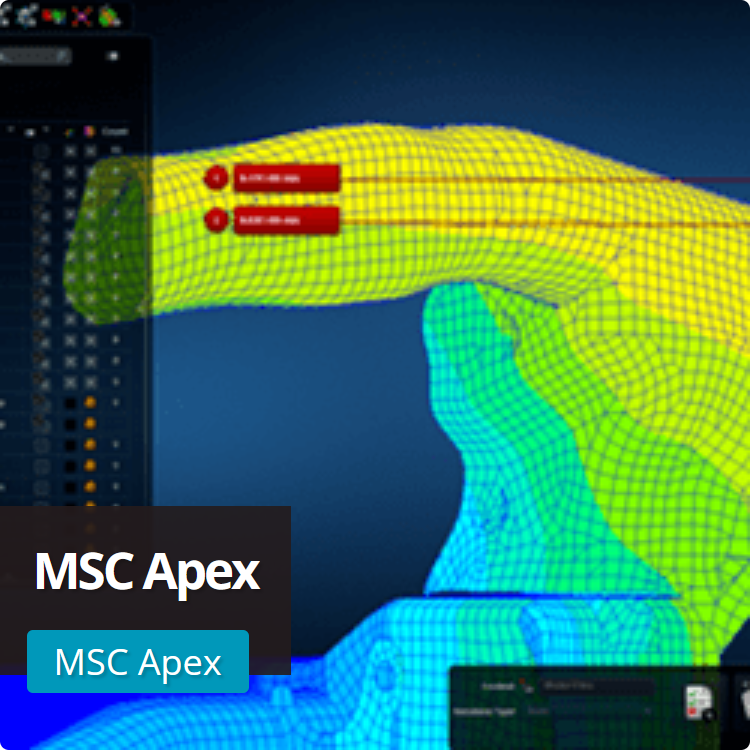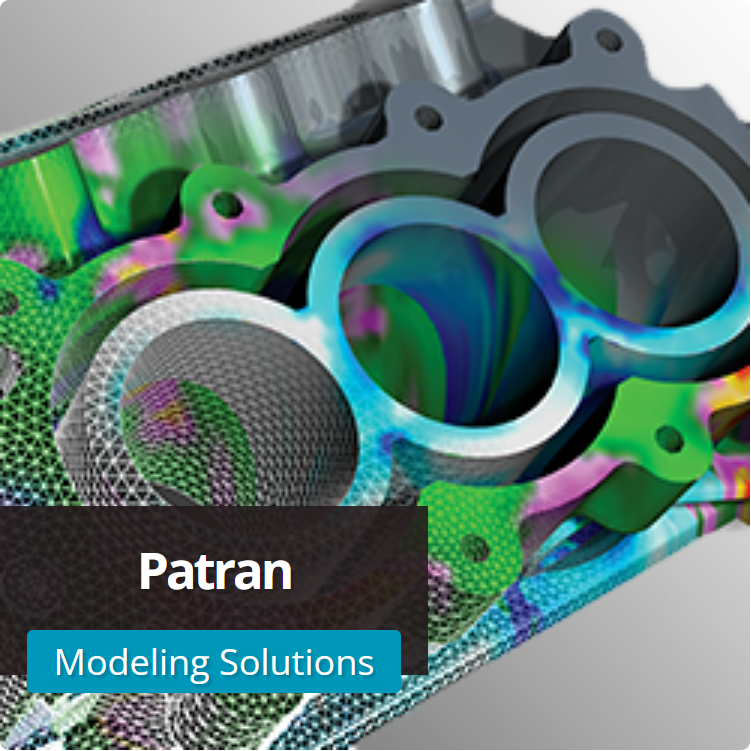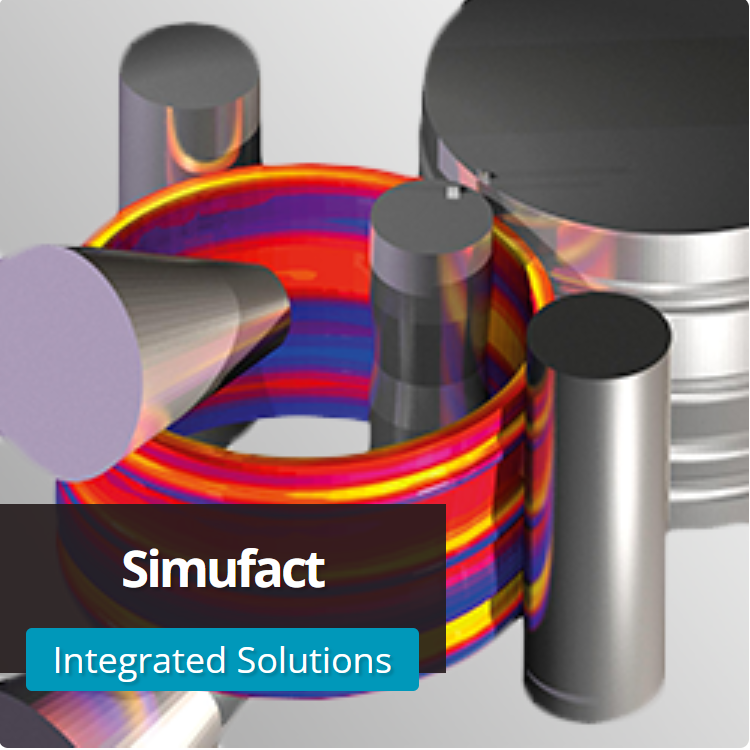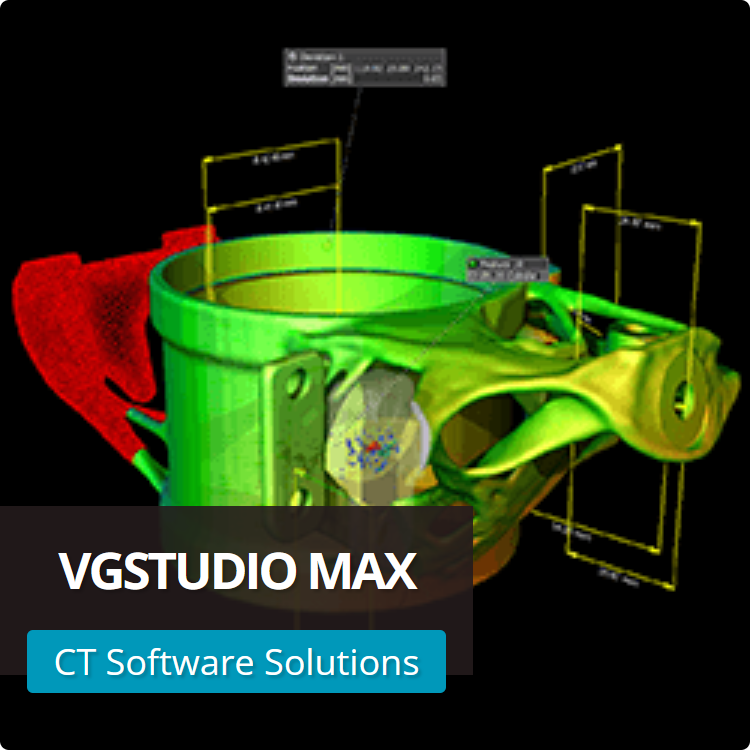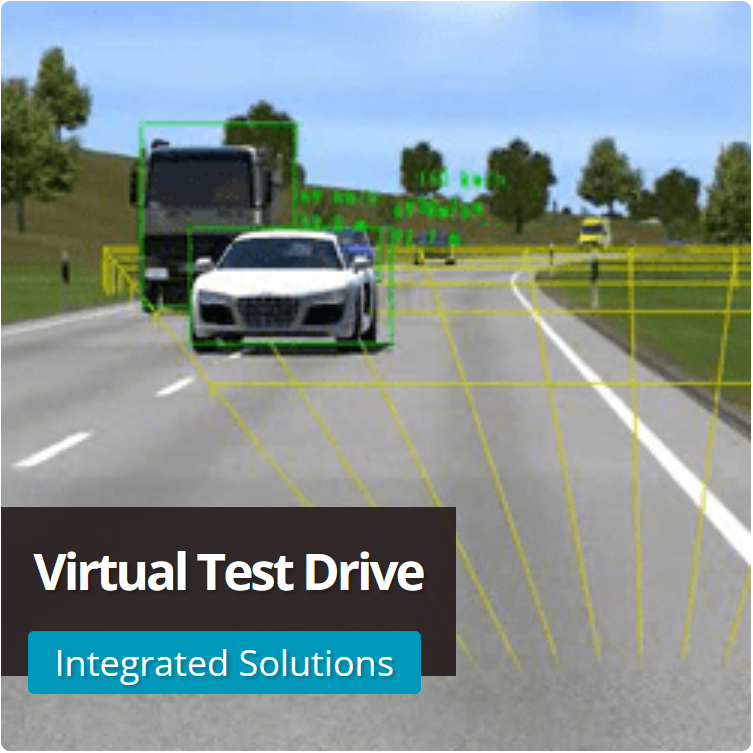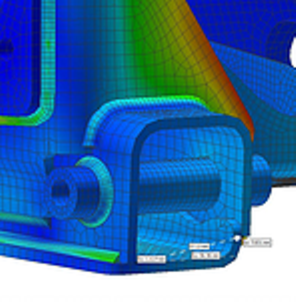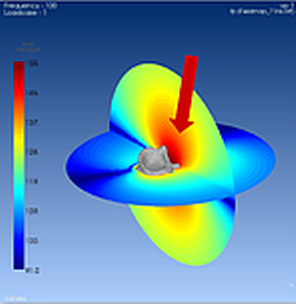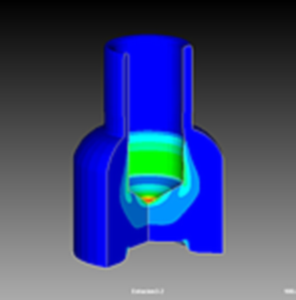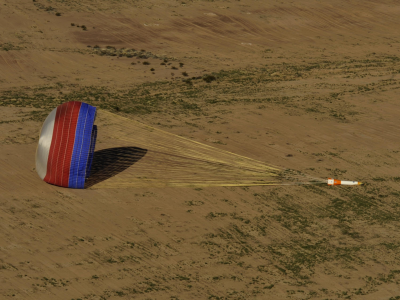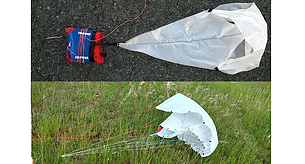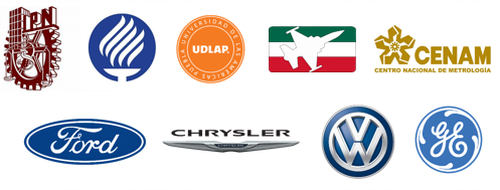The first service that YUMA offers to the industry is to carry out numerical analysis through Computer Aided Engineering (CAE) software, which has the goal of contributing to improve the design or manufacture of the components (or systems) of our clients, with the multiple advantages that it entails.
Note: The capabilities of each software are not visible in the mobile version.
Structural Analysis
Among the types of structural analysis that we can perform, are the following: STATIC LINEAR AND NON-LINEAR, THERMAL, VIBRATION MODES, BUCKLING, TRANSIENT MODE (FREQUENCY AND SPECTRAL) and FATIGUE-DURABILITY.

MSC Nastran is a multidisciplinary structural analysis software to perform static, dynamic and thermal simulations through linear and non-linear domains. Due is based on very sophisticated and efficient numerical methods, it is the FEA solver most used worldwide, since it obtains very high precision results in reasonable computing times.

The integration between the user interface and the solution methods, gives to structural engineer the advantage of validating the modifications to his designs quickly and efficiently. Capabilities: LINEAR STRUCTURAL and FREQUENCY RESPONSE.

MSC Apex is a CAE software that combines pre and postprocessor in the same environment. Its modeler allows to modify geometries directly and intuitively in order to clean from errors or simplify them, while modifying their mesh to be solved structurally.
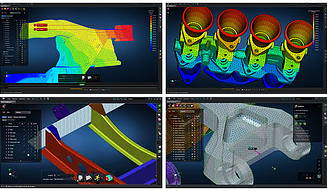
The use of a powerful preprocessor to prepare the analyzes using FEA is of vital importance in order to obtain adequate solutions. Keywords: Cleaning the CAD model, Automatic, manual or combined meshing and Boundary and load conditions.

Patran is the pre and postprocessor for FEA most used worldwide, which allows the preparation and visualization of the results of linear, nonlinear, explicit dynamics, thermal analysis, among others, which are obtained through the MSC Nastran or MSC Marc solvers, for example.

Manufacturing
The non-linear analyzes (with manufacturing approach) that we can perform are following: HYPERELASTIC MATERIALS, FORGING, CRASH, MOLDING, ADDITIVE MANUFACTURING, FORMING and WELDING.

MSC Marc is a powerful, general-purpose solution that solves through Non-Linear FEA to accurately simulate the behavior of a product under static, dynamic or multi-physical load scenarios (electro-thermo-mechanical, for example).
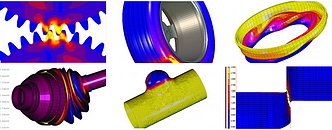

Simufact is the industrial leader in providing solutions through simulation for the entire chain of manufacturing processes in metals, which include forming, mechanical unions and welding operations, as well as additive manufacturing processes.
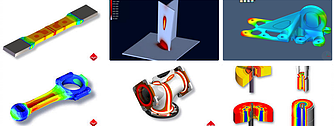
Kinematics and Dynamics
By analyzing the dynamics of moving parts it is possible to know how the loads and forces are distributed in a mechanical system. Additionally, it is possible to conduct studies about: MECHATRONICS AND CONTROL, FLEXIBLE BODIES, DURABILITY and VIBRATIONS.

Adams is the most widely used Multibody Dynamics (MBD) software in the world, which allows to evaluate and manipulate the complex interactions between movement, structure, actuation and control in order to optimize the designs of mechanisms. Its technology allows the solution of non-linear dynamics in a fraction of time required by using FEA.
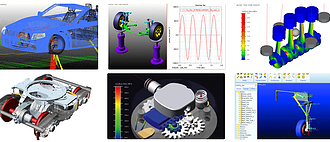
Composites
Due to the characteristics of composite materials, it is necessary to analyze them in detail through a specialized software, in order to predict their particular behavior during the design and/or manufacturing process. Keywords: Non-linear global behavior (considering its microstructure), Representative volume element, Plastic parts reinforced with fiber, Prediction of residual stresses and twisting (additive manufacturing) and Large database.

Digimat allows to engineers to perform composite materials analysis at macro and microstructural scales, predicting how their mechanical, thermal and electrical properties should be proposed, which are obtained by integrating with the FEA analysis, in order to close the existing gap between the design and manufacturing processes, and obtain 100% of the potential for this type of materials.
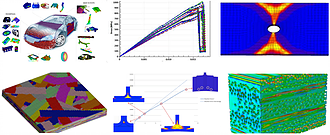
Fluid Dynamics
CFD simulation has become one of the pillars of the aeronautical, aerospace, automotive and naval industries, and its use is spreading rapidly. However, achieving an adequate simulation is not trivial and requires a series of specific knowledge in different areas in simulation using numerical methods, as well as in theoretics. Types of analysis: AERODYNAMICS, HYDRODYNAMICS, HEAT TRANSFER, MULTIPHASE and FLUID-STRUCTURE INTERACTION (FSI).

SC/Tetra is a software based on Finite Volume Method (FVM) through unstructured mesh, with more than 30 years of development and recently acquired by MSC Software. Their results have been validated in several industries; it is capable of adequately solving complex problems such as the phenomenon of cavitation and high speed aerodynamics.

Acoustics
The acoustic phenomena can be analyzed to control the noise due vibrations that produce it, to elaborate noise maps in the surroundings of the emitting object, to mitigate the environmental noise, at the same time to condition isolated enclosures and to improve its interior acoustic quality. Types of analysis: ACOUSTICS, VIBROACUSTICS and AEROACOUSTICS.

Actran is the software to simulate acoustic, vibroacoustic and aeroacoustic phenomena, which is used by automotive and manufacturers suppliers, aerospace and defense companies, as well as manufacturers of consumer products. Their results help engineers to better understanding and increase the acoustic performance of their designs.
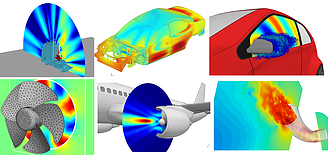
Control Systems
Complex systems in aircraft and land vehicles, for example, require a system engineering approach, in which their components or subsystems are not tested separately, but in an integrated manner. Capabilities: THERMOHYDRAULICS, GAS DYNAMICS, MULTIPHASE FLUIDS, EVALUATION OF CONTROL SYSTEMS (software and hardware), FUEL CELLS and ELECTRIC SYSTEMS.

Easy5 is an advanced simulation software for hydraulic control systems (including thermal effects), pneumatic, thermal, electrical, mechanical, cooling, temperature, lubrication, fuel and sample-data/discrete-time systems.



